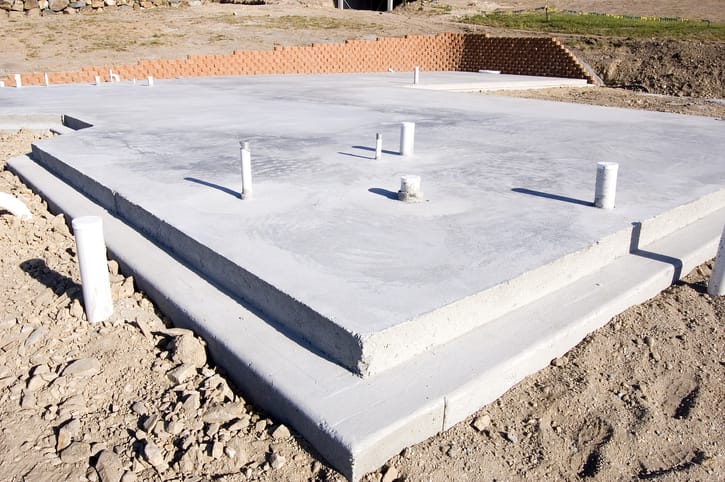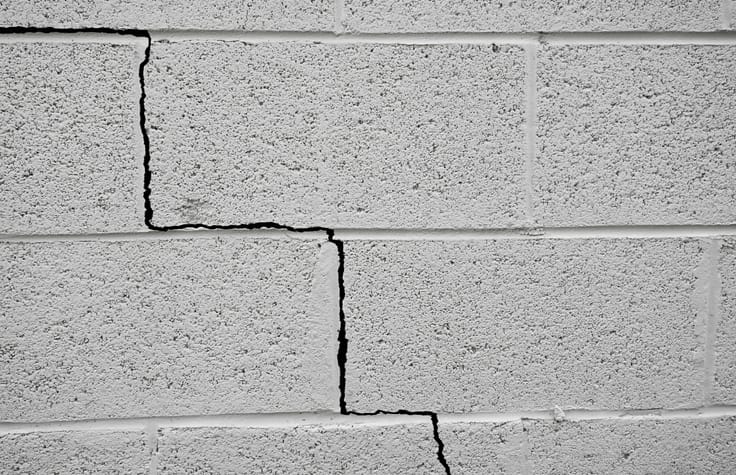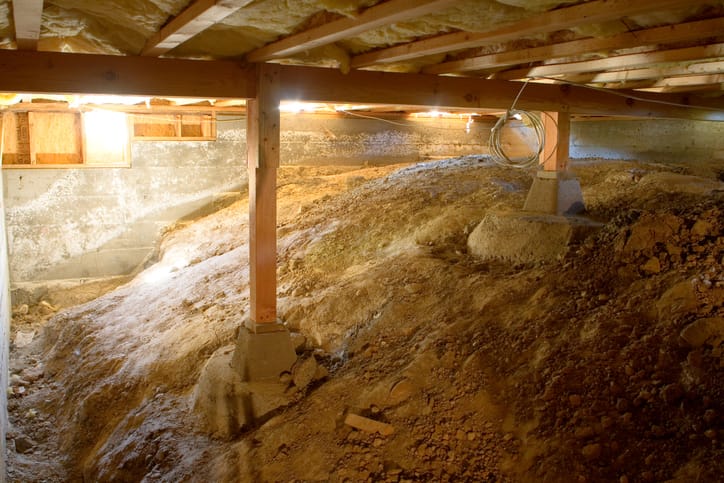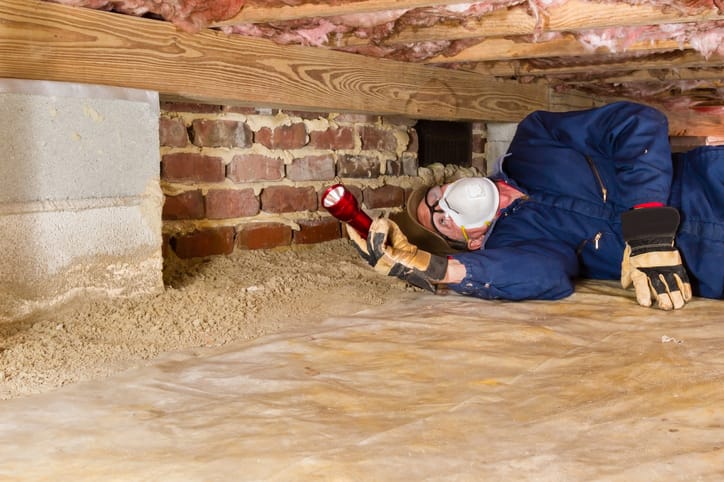| The foundation of a property is what the home rests on. Built a number of different ways, a foundation keeps a property stable, so it’s a major and important part of any house. When it comes to your home, the type of foundation you have is very likely determined by where you’re located in the US and your area’s climate.
There are four main types of home foundations: slab, basement, crawl space, and pier and beam.
|
|
| Basement
A basement is a popular foundation style in many colder climate areas. Not only does a basement add additional square feet to a home, it provides a place to escape from extreme weather. Typically constructed of cinder blocks, basements are built to be waterproof.Crawl Space
A crawl space foundation is a foundation that affords a small amount of space between the home and the ground. Typically built using cinder blocks or bricks, the home is elevated about two feet off the ground. Crawl spaces are favored in areas that get a lot of rain or in areas where water can accumulate.
Pier and Beam
Pier and beam foundations are favored by many builders — because they are less expensive than other foundations — and they’re especially favored in areas not prone to earthquakes or hurricane-force winds. This foundation uses wood posts or concrete piers that are set deep into the earth and hold the weight of the structure.
|
It’s normal for a house or property to ‘settle,’ which can cause minor small hairline fissures in any foundation, but if you can see major horizontal cracks in things like brick exteriors or concrete blocks, it’s more than just the natural sinking of the home. If you see major cracks in the walls, floors, or stairs of a home, it’s highly likely the foundation could be in trouble.
|
Again, homes and properties will have a natural settling period, which means the foundation will sink, but if a home is visibly sunk into the ground or one side is lower than the other there’s definitely a foundation issue that could require extensive repair. Another tell of foundation settling or sinking, is sagging or uneven floors. If a house has major issues with uneven floors or floors that sag in certain spots, the foundation may have done more than just simple settling.
|
|
A home can settle or sink, and it can also move in an upward direction. Foundation upheaval, which mainly impacts slab foundations, can be caused by expanding and contracting soil, trapped moisture, and frost heaving. If you see a home that looks like it’s higher in certain places, it could have foundation upheaval.
|
When a property is built, all the doors and windows work with ease, opening and closing with no issues. After a home has settled, they might not open as easily, but it’s usually not noticeable or not a problem. If you happen upon a house where doors or windows drag, doors get stuck in the jamb, both need to be opened with force or require force to be closed, the property could have some major foundation issues.
Another door and window issue that can indicate foundation issues is any visible gaps around window frames or exterior doors. Doors that no longer latch, double doors that no longer align, or any door or window frames that are crooked and impair the proper use of the item all indicate possible issues with the foundation.
|
|
| If you have any questions about the foundation of your home, or a home you’re looking to buy, find a trusted professional (ask your local real estate agent for a referral!) to help you navigate the waters of home foundations. |




No comments:
Post a Comment